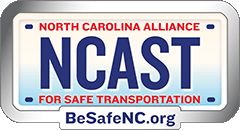Pair By Pair
What does a little safer look like? If we cut all car crashes by 5% in the United States, that would save close to 2,000 lives every year. Nearly 120,000 fewer people would get injured annually.
Forward this newsletter to someone. Maybe point out the item on deer season (careful out there!), or the child seat checks (there’s one near almost everyone in North Carolina). It’s Older Driver Awareness Week - maybe someone in your life needs to hear that.
We also have details on how your business can win a new safety award. But we start with the shoes.

The shoes are empty because the people are gone.
In 2024 nearly 40,000 people died on United States roadways. In North Carolina we lost 1,732. One hundred seventy-nine of them were 19 or younger.
“This is a public health crisis,” said Peg O’Connell, a North Carolina Alliance for Safe Transportation board member.
To remember those lost, NCAST and the North Carolina State Highway Patrol held three World Day of Remembrance events last month, in Salisbury, Fayetteville and Greenville. At each location we laid out 179 pairs of shoes - one pair for each young person lost in a single year.
“It’s not just their lives,” said state Rep. Tim Reeder, who spoke at the Greenville Day of Remembrance. “It’s their family and friends.”
The City of Charlotte held an event as well, and the city of Durham held another in partnership with NC State’s Institute for Transportation Research and Education. Dozens, and perhaps hundreds, of other events were held around the world to mark the World Day of Remembrance, which is always held on the third Sunday in November.
The shoe displays are “a reminder that these people will never be with their families, never experience all the things that life has in store for us,” said state Sen. Jim Burgin, who attended the Fayetteville event. Burgin called on the General Assembly to pass a hands-free law to forbid drivers from holding a cell phone behind the wheel, something 31 other states have done.
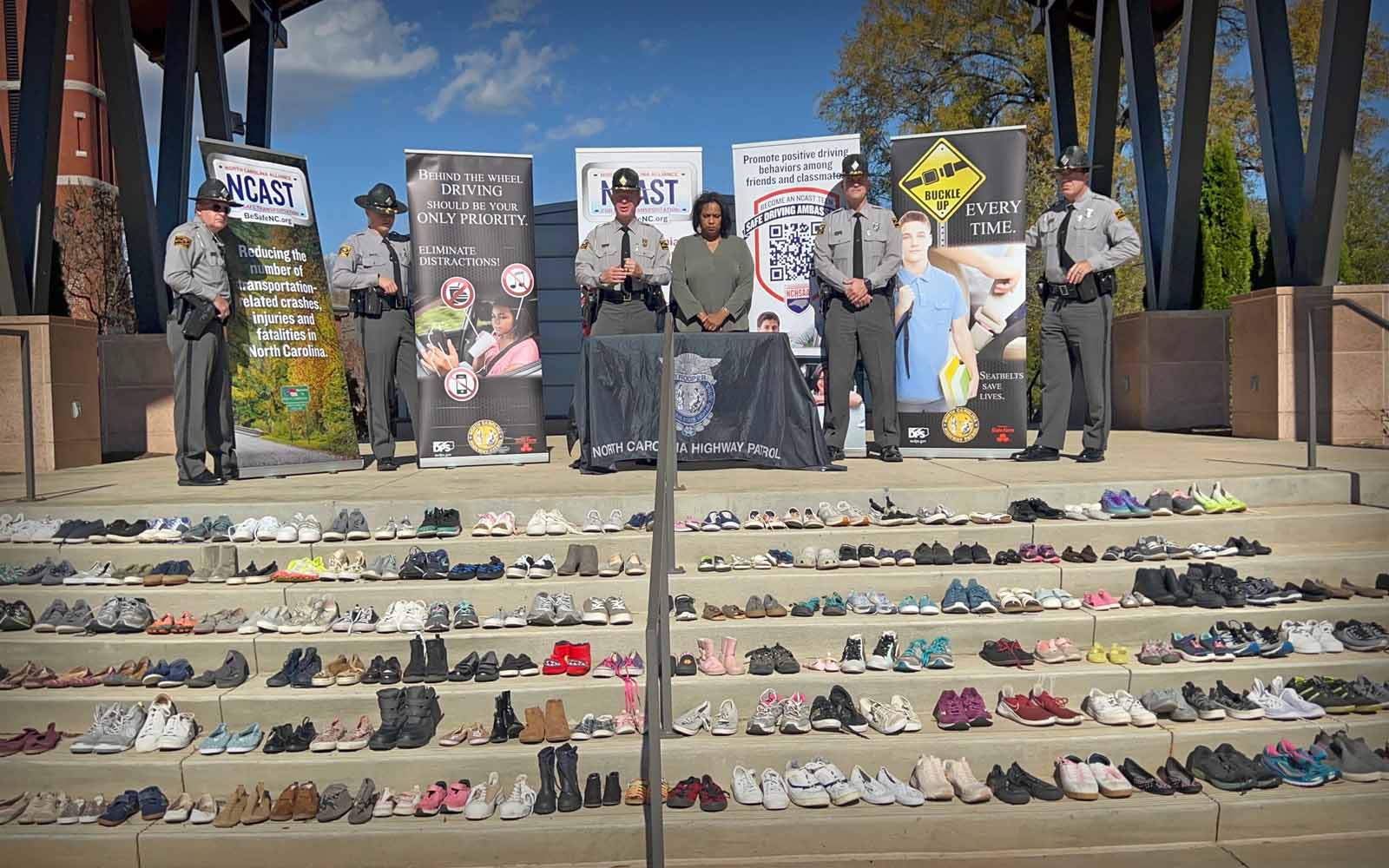
North Carolina State Troopers join NCAST Vice Chair Tiffany Wright to honor those whose lives were lost on N.C. highways in the last year.
“It is time for us to do something that every state around us has done,” Burgin said.
NCAST Teen Ambassador Sedaya Rodriguez also attended the Fayetteville event and told attendees about the crash that could have killed her brother. His vehicle flipped on a sharp curve along a back road.
“I think it’s important to talk with my friends and peers about safe driving for everyone involved,” Rodriguez said.
Distracted driving is a key cause of wrecks. So is speeding. So are drug and alcohol use.
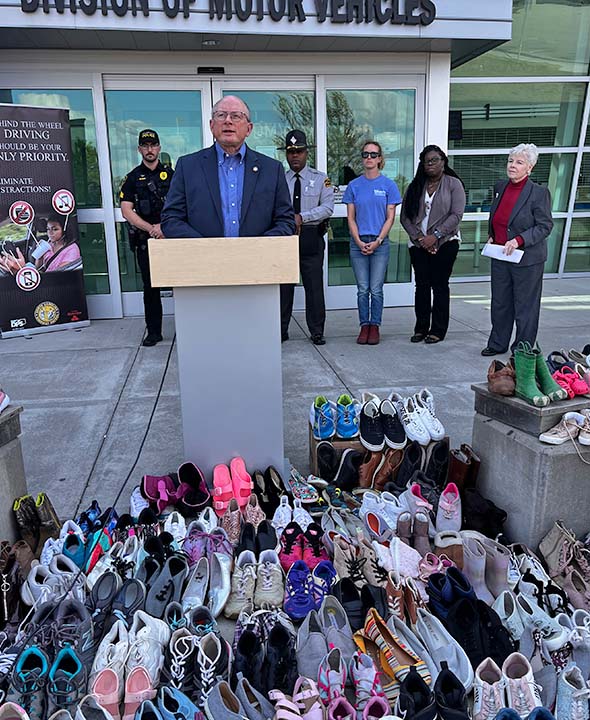
State Rep Tim Reeder speaks at the Greenville World Day of Remembrance event.
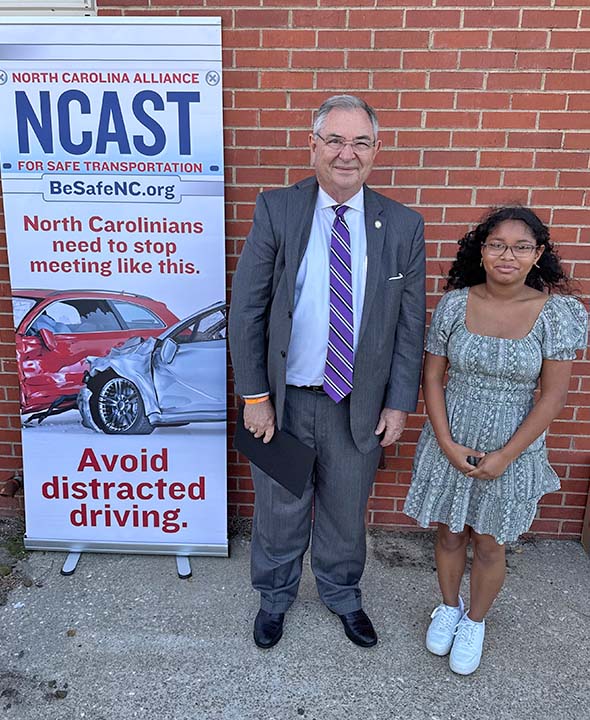
State Sen Jim Burgin and Teen Ambassador Sedaya Rodriguez spoke in Fayetteville.
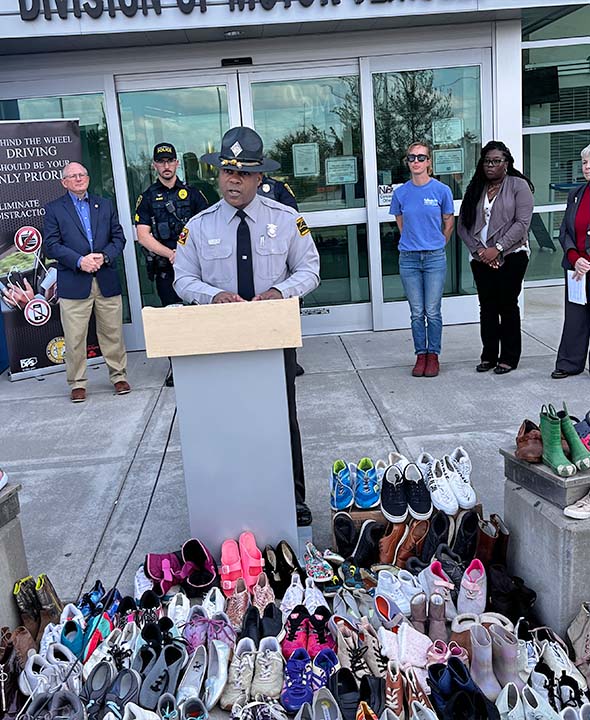
Master Trooper Murico Stephens speaks at the Greenville WDOR event.
“It is incumbent upon parents and guardians to proactively address and acknowledge these critical factors with their teen drivers before it is too late, before another young life is lost on our roadways,” Master Trooper Murico "Rico" Stephens said during the Greenville event.
Seatbelts are crucial, too. Reeder, who is also an emergency room doctor, said it’s “rare to see significant injuries if the patient was wearing their seatbelt.”
In fact, statistics show that more than 40% of the people killed in North Carolina crashes weren’t wearing their seatbelts.
But almost any wreck is preventable.
“Stay off your phone,” Reeder said. “Don’t worry about the texts. … Take the time to pay attention.”
More Media Coverage
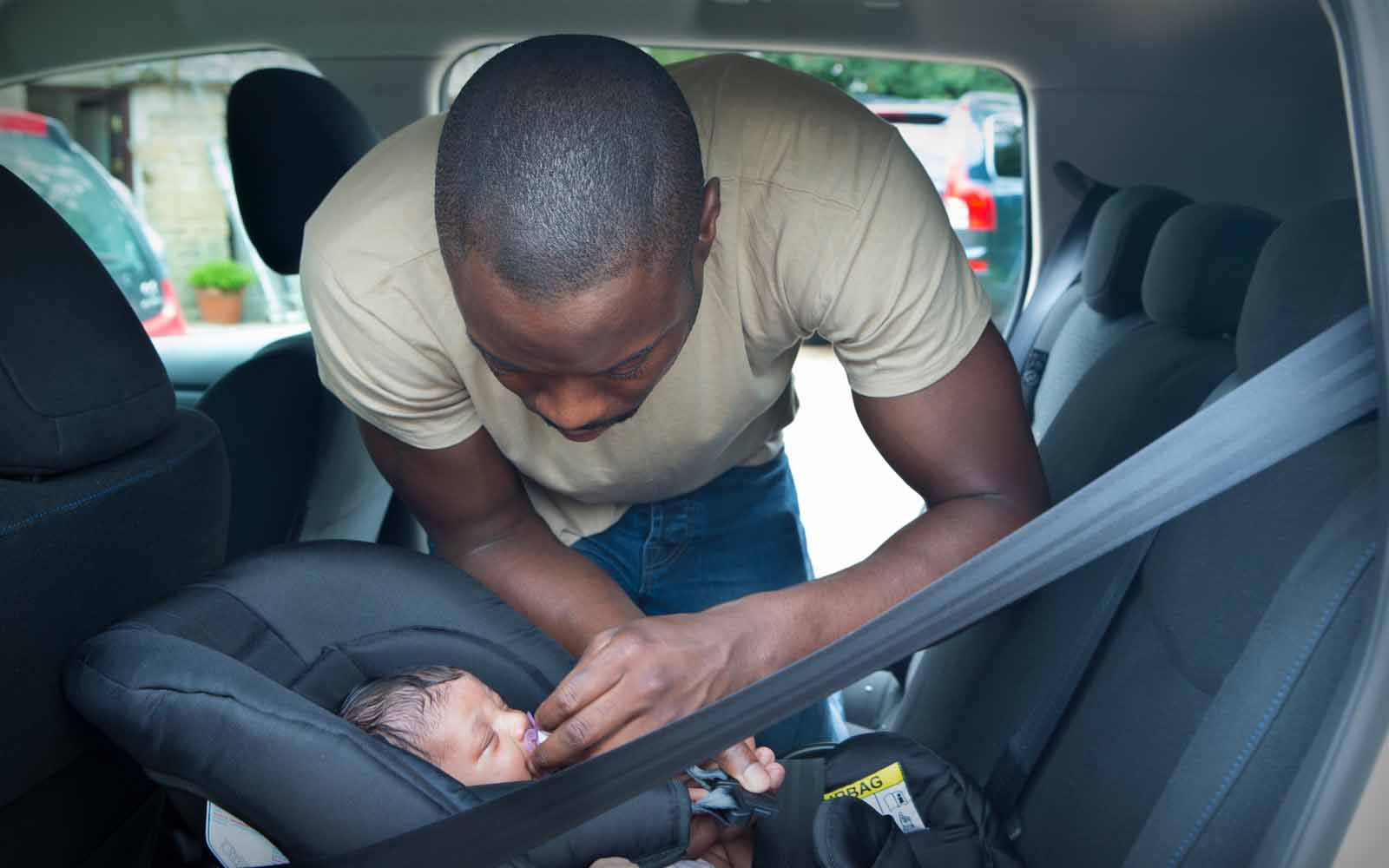
About 67% of car seats that experts checked last year weren’t being used right, according to a AAA review of National Digital Car Seat Check data.
On average, two kids 12 or under die every day in this country in a car crash.
As we’ve noted before, there is probably a car seat check station near you. Buckle Up NC lists 100’s of them, with addresses. More than 3,600 people, many of them firefighters, have been trained what to look for and how to help you install a carseat right, for free.
They’re consistently improving the program. The Governor’s Highway Safety Association and State Farm released a new “roadmap” just last month to help this network partner with community leaders and focus efforts so they can have the biggest impact.
This message is proudly brought to you by


The United States is a global outlier for pedestrian deaths, which surged here in recent years.
The Washington Post took a deep look at the problem last month, analyzing locations where deaths were more common. You can use their tool to find the most dangerous locations near you.
The Post focused on 2010 through 2023 and found:
-
The surge, from 4,302 deaths in 2010 to 7,314 in 2023, largely occurred on multilane roads. The worst clusters were on thoroughfares in poorer neighborhoods with aging shopping centers, and where people are less likely to own a car.
-
The locations with at least three recent pedestrian deaths within a mile of each other tripled from 2010 to 2023.
-
Pedestrian fatality rates in other countries declined almost 30% over this same time period.
“Wide roads and fast-moving vehicles — especially when combined with signs of poverty, homelessness, drug and alcohol abuse, and a lack of pedestrian-focused roadway improvements — produced a pattern of death-by-vehicle that is uniquely American,” The Post reported.
“Pay more attention to the driving, especially on roads you’re not familiar with.”
This month we spoke with Lt. Daniel Little with the Brunswick County Sheriff’s Office about driving on rural roads where, statistically, fatal wrecks are more common.
This video is proudly brought to you by

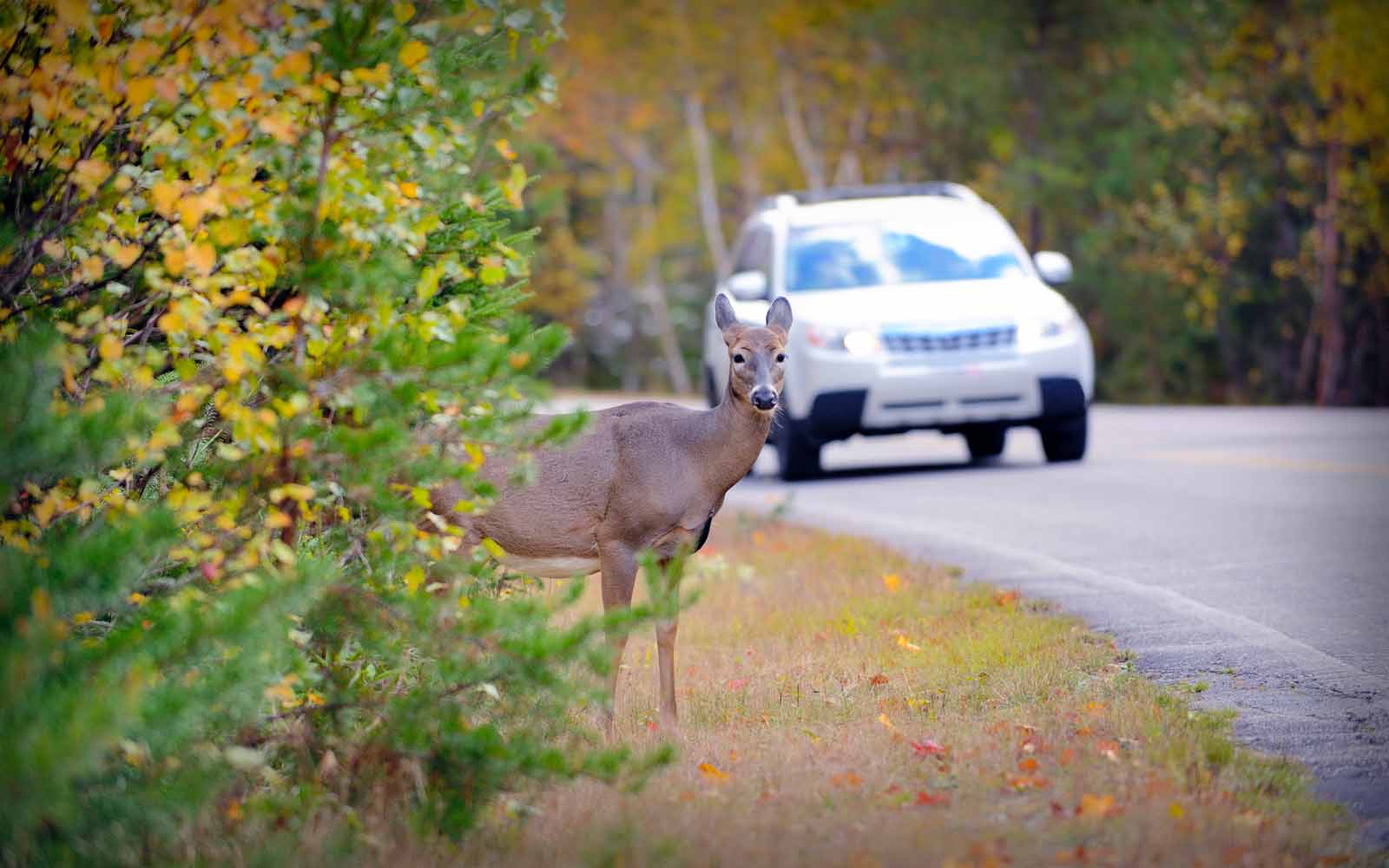
You may be seeing more deer because it’s deer mating season, which runs through much of December.
That significantly increases collisions: More than half of the nearly 22,000 animal collisions logged in North Carolina in 2023 came during mating season months, October through December.
These crashes can be deadly, and they’re almost always destructive - the average damage claim runs about $4,300.
So remember:
-
Deer are most active around dawn and dusk
-
If you see a deer, slow down and watch for other deer that may follow
-
While slowing down, honk your horn to scare the animal
-
Brake firmly and don’t swerve
If you hit a deer, move your vehicle to a safe location out of the roadway, turn on your hazard lights and call law enforcement. Avoid touching the animal. A frightened or wounded animal can injure you. Take a picture of the damage and call your insurance company.
To report an injured deer in North Carolina, call NCDNR’s Wildlife Enforcement Division at (800) 662-7137.

The first week in December is Older Driver Safety Awareness Week. Do you need a check-in on your driving skills? Does someone in your life?
Older drivers as a group are some of our safest drivers, but time retires us all eventually.
Here are some signs it might be time:
-
Fender benders
-
Two traffic tickets or warnings within 2 years
-
Friends or neighbors share concerns
-
You feel anxiety about driving
-
You’re complaining more about other drivers
-
Stiff joints make it harder to check mirrors
-
You get lost on a familiar route
f that’s you or someone you love, take a look at some of the resources out there. NC Vision Zero has a list. The National Highway Traffic Safety Administration has advice.
AARP offers an online seminar for members to help you assess skills. CarFit helps older Americans make sure their car fits them as they age. You may be surprised what re-adjusting your seat position, steering wheel tilt and mirrors can do!
You can also watch this interview we did last year with Josh Dunning, AARP’s vice president of driver safety, about what to watch for and how to have these conversations.
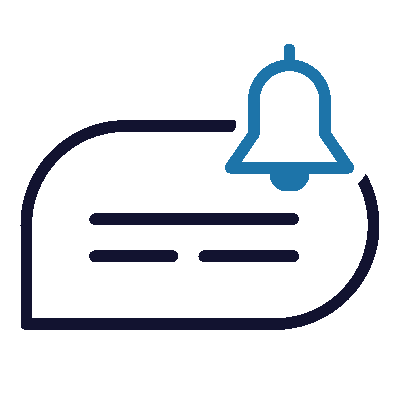
In the News
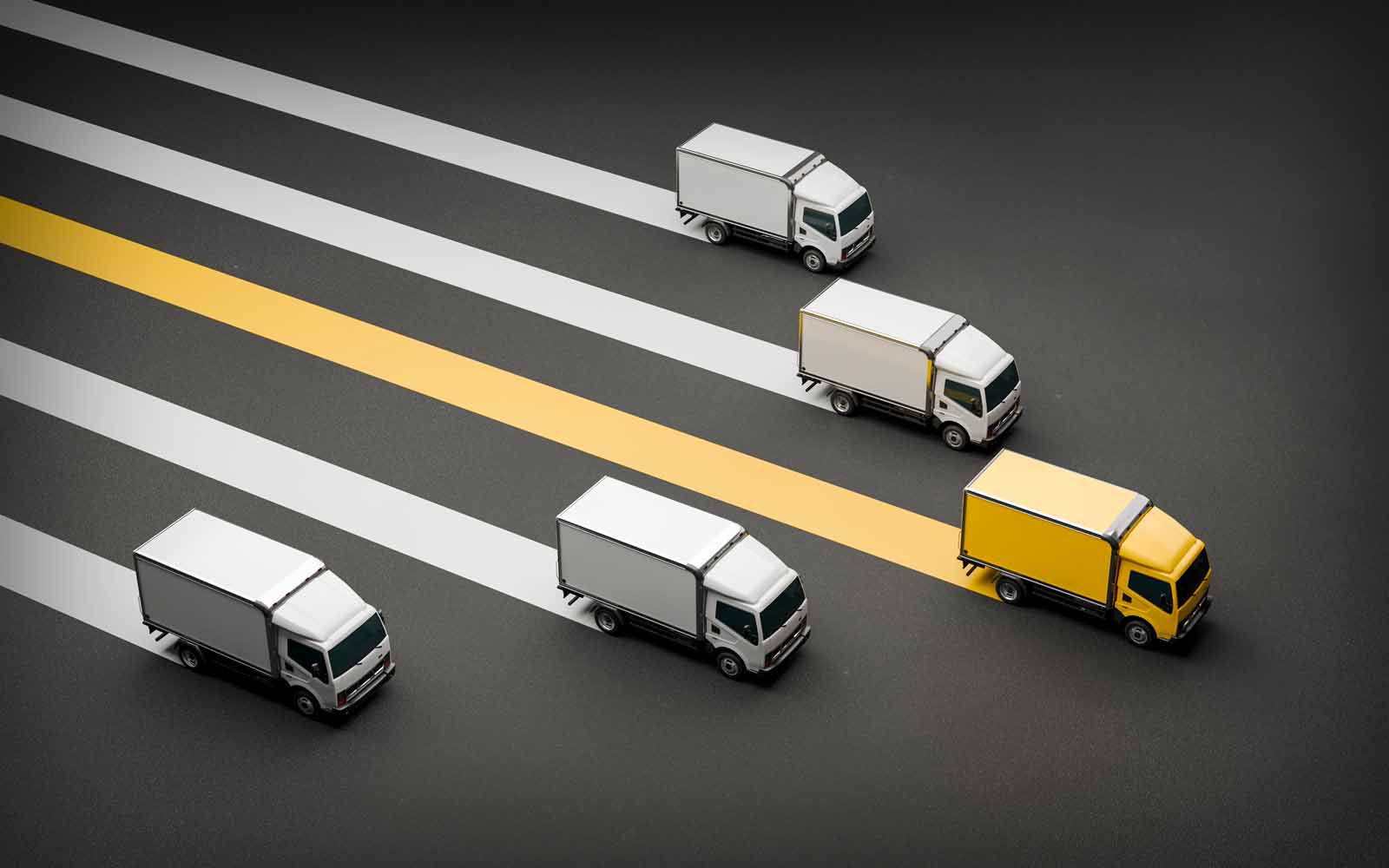
Is your business committed to reducing traffic risks? Do you train your employees on it? Do you foster a culture of safety?
Get recognized for it. Our Driving Concern, a National Safety Council and N.C. Governor’s Highway Safety program just announced a new awards program.
“This recognition highlights employers who demonstrate outstanding commitment to reducing traffic-related risks,” the group says. “By celebrating these efforts, we aim to inspire broader adoption of best practices across industries.”
Get nominated here. Nominations close Jan. 10.
One Last Thing…

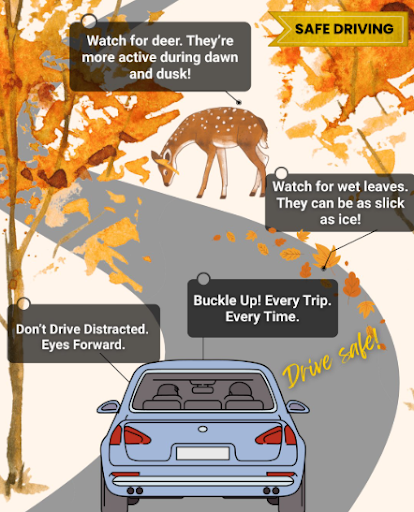
This month’s Safer Share comes from the National Highway Traffic Safety Administration.
Give them a follow on Instagram. Give us a follow too!
